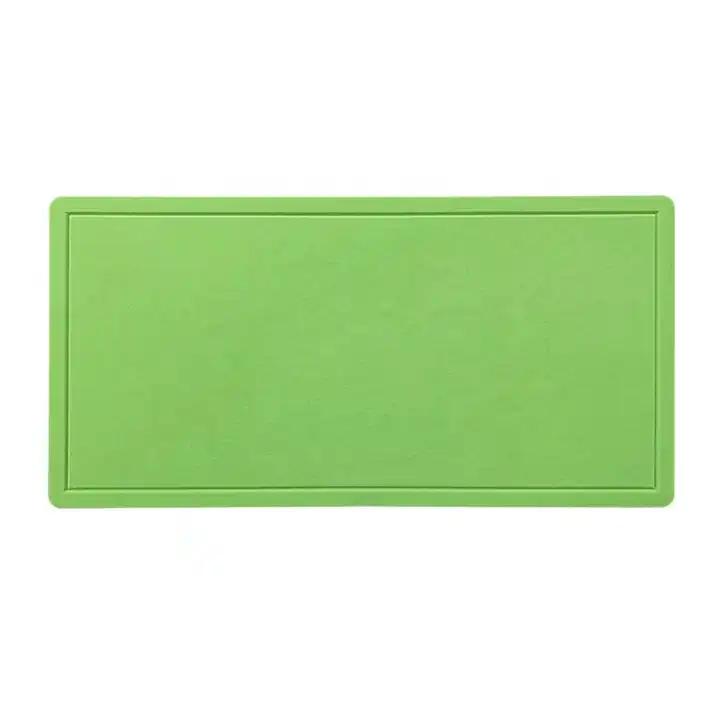Acoustic Wall Panels for Recording Studios Enhancing Sound Quality and Creativity
In the world of music production, sound quality is paramount. Whether you are a budding musician, a seasoned producer, or an audiophile, the environment in which you create music plays a critical role in the final product. This is where acoustic wall panels come into play, serving as an essential component in the design of a recording studio. These panels are not just functional; they are key to achieving the perfect sound environment that fosters creativity and enhances the overall audio experience.
Understanding Acoustic Treating
Acoustic treatment involves the manipulation of sound within a space to control noise, reflection, and reverberation. In a recording studio, unwanted sound reflections can muddy the clarity of recorded audio, leading to a poor final product. Acoustic wall panels are designed to absorb sound waves and reduce echo, helping to create a controlled environment conducive to high-quality recordings.
The primary function of these panels is to absorb sound across various frequencies. Different materials and panel designs can target specific ranges of sound, which is essential in addressing the unique acoustics of a studio. For example, lower frequencies tend to resonate longer, so bass traps—specialized acoustic panels that reduce low-end rumble—are often used in corners where sound waves gather.
Types of Acoustic Wall Panels
There are several types of acoustic wall panels available, each designed to serve a specific purpose in sound treatment. Here are some common types
1. Foam Panels These panels are lightweight and easy to install. They are effective for mid to high-frequency absorption, making them popular for home studios. However, they may not be sufficient for managing low frequencies, thus often used in conjunction with other types of treatment.
2. Fiberglass Panels Made of compressed fiberglass, these panels are denser and more effective at controlling a wider range of frequencies, including low-end sounds. They are often covered with fabric for aesthetic purposes and improved durability.
acoustic wall panels for recording studio

3. Wooden Panels Wood can provide a warm sound while also acting as a diffusor, scattering sound waves to prevent the formation of standing waves. These panels not only enhance acoustics but also add a visually appealing element to the studio.
4. Bass Traps Specifically designed to tackle low-frequency sounds, these panels are usually placed in the corners of a room. They are crucial for maintaining a clean and accurate sound, particularly in smaller spaces that may otherwise amplify bass frequencies.
Installation and Placement
The installation of acoustic wall panels is crucial for effectiveness. It’s not merely about coverage but strategic placement. The first reflection points, or the areas on the walls where sound bounces back towards the recording microphone, should be prioritized. A good rule of thumb is to use a mirror; sit in your recording position and have someone move a mirror along the wall. Wherever you can see the speaker in the mirror should be treated with an acoustic panel.
Additionally, the ceiling and corners should not be overlooked. Sound waves can clump in these areas, creating issues in audio clarity. By covering these zones, the overall acoustic quality of the studio can be significantly improved.
The Impact on Creativity and Sound Quality
The benefits of using acoustic wall panels in a recording studio extend beyond mere sound quality. A well-treated room can create an inviting and inspiring atmosphere for musicians and producers. When artists are confident in the acoustics of their space, they can focus more on their creativity rather than worrying about sound issues. This peace of mind can lead to more innovative and expressive performances, ultimately enhancing the artistic output.
In conclusion, acoustic wall panels are a fundamental aspect of recording studio design. They not only improve sound quality but also foster an environment that encourages creativity. By investing in the right acoustic treatments, musicians and producers can achieve a high-quality sound that truly reflects their artistic vision. Whether you are setting up a professional recording studio or a home practice space, understanding and implementing effective acoustic solutions is essential for success in the world of music production.
